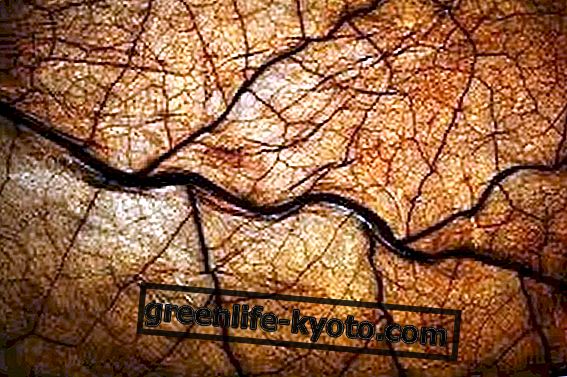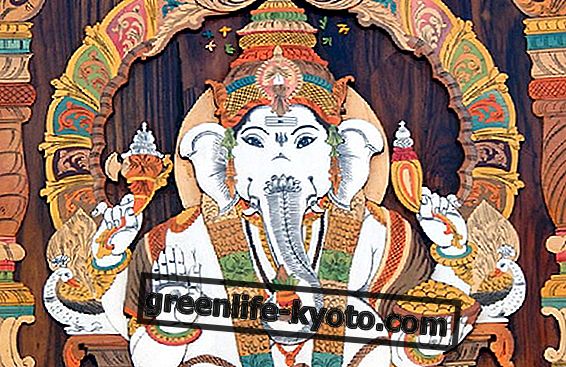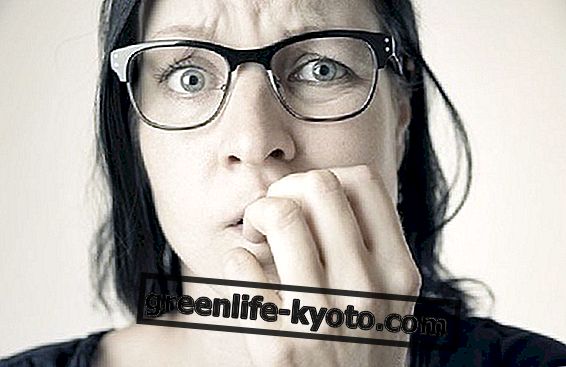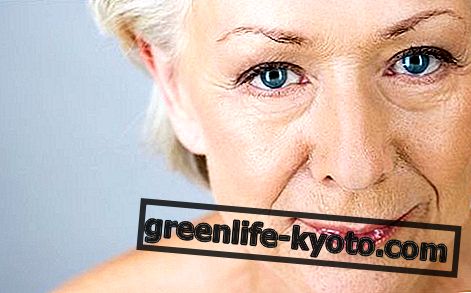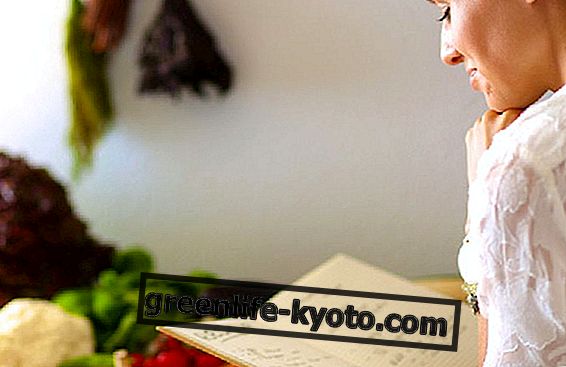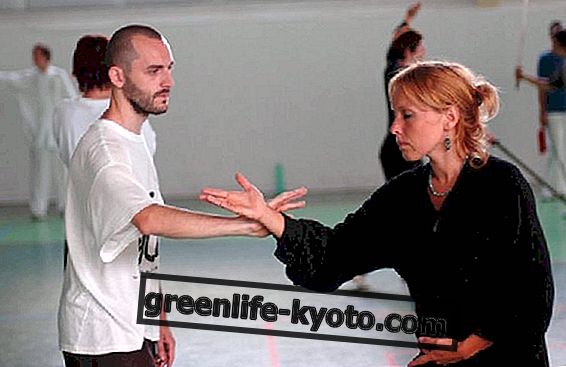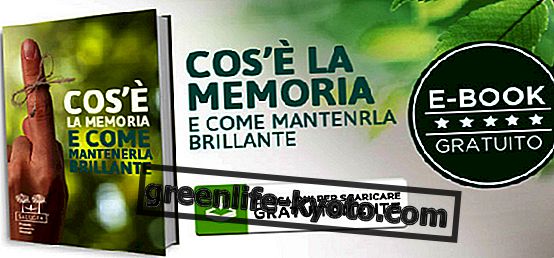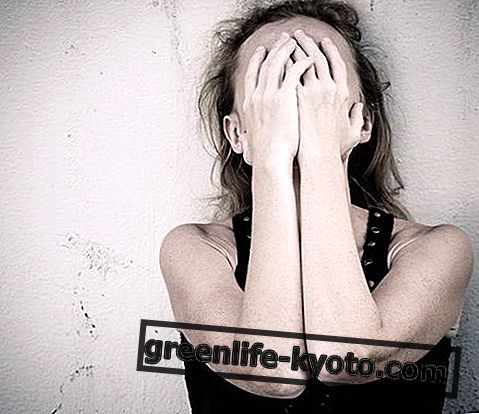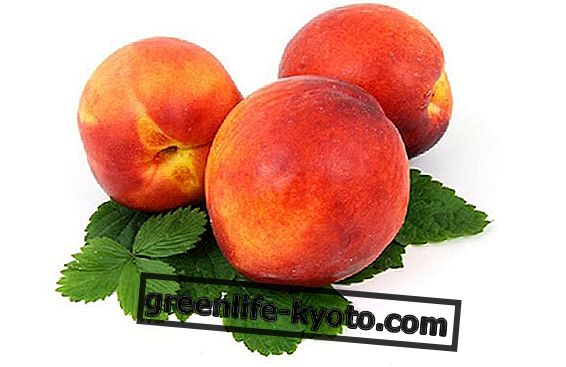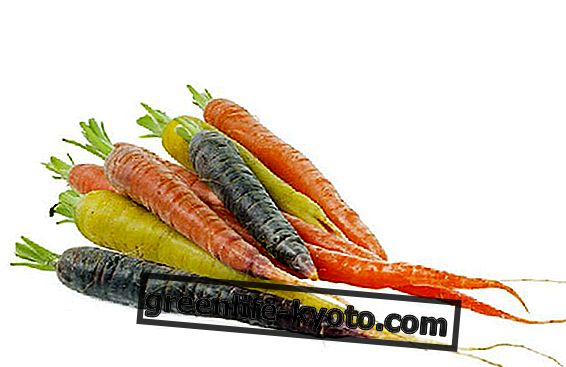
To resolve the age-old contrast between internal martial arts and external martial arts, a question that hovers in the air of the martial arts environment and is omnipresent on thematic sites on the internet and that does not seem to agree with anyone, we contacted an expert subject, the Maestro Francesco Collesano .
Francesco is to be considered a rare exception : in general, external martial arts practitioners consider the internal arts ineffective in reality, good only for the maintenance of health, traditional aesthetic gymnastics. On the other hand, internal martial arts practitioners disdain competitions, considering them violent, useless, far from the spirit of harmony they are looking for.
Francesco was an agonist and a true fighter in many external martial arts and a refined researcher of internal martial arts . Few people like him can give us an answer.
Francesco, where is it that the roads of internal and external martial arts are divided? Is this division incurable?
The origin of martial arts is one, and it is older than is believed. Originally there was no such distinction . In antiquity the battles were more frequent than in our days, life was in daily danger and the need to defend it was urgent.
Over the centuries the traditions have become established, they have stopped evolving, many martial "secrets" have been handed down only by the initiatory, to a select few, and this has greatly reduced the quality of the martial arts. The division between internal and external limbs is only apparent and is a consequence of this general decay.
But what is more important in a real context?
The real real context is life, every moment of life. If combat sports ignore the inner energies and the sweet arts ignore the effectiveness in combat (which they prefer to avoid), neither of the two poles is really effective . Combat sport is effective in the ring, in the octagon, but the road is something else.
And even if it were effective on the street it is only for a certain time: the competitive spirit makes us strong as long as we are young, healthy, not injured, when the body begins to degenerate and all the consequences of overtraining and a whole series arrive of post-martial career traumas, what remains is only technical knowledge.
The gentle martial arts purists, moreover, rarely find themselves having the upper hand against a minimally trained opponent prepared for combat. The only way to learn to fight is to fight .
How did you combine these two poles in your martial life?
In reality it is a process that never ends . As a child I became a black belt in karate, to defend myself from bullies, and I learned to love martial arts. I studied and competed in judo, kung fu, grappling, boxing, muai thai, MMA, participating in national, international and world championships.
During this course of practice, studying various books on the subject, I often read about another aspect of martial arts, almost mystical, but I could never find a true master. Many spoke of it, some claimed to know and teach but in practice no one showed anything in particular.
I was about to stop believing in the existence of an inner martial arts world when I met a Russian master, Alexei Amirkhanov, who showed me a shocking effectiveness in his sweet techniques . He made me think again and I realized that I should continue the search.
How does this research continue?
As said, it never ends. Unlike competitive practice alone, those who train in a balanced manner in all martial aspects can improve for life . My teacher is about 60 years old and is much stronger and more complete than when I met him twenty years ago.
Muscles and strength cannot support us forever, and if we train only those, the day that will be less, our ability will also fail. We must fight, in the right age, to vent and placate the emotions, get experience, but then be able to integrate and transform all this to remain truly effective for a long time.
Sports combat and the internal arts are not the only two aspects that need to be integrated. The study of weapons is also important, not only to be able to handle them but to teach our bodies new attitudes, new unpredictable angles, rhythms that are difficult to guess, greater attention to managing distances that will improve our effectiveness without weapons .
Then there is the need to integrate a thorough and scientific knowledge of the anatomy and functions of the human body, this is also a field of study that never ends. A final aspect to be integrated is that of working on states of consciousness, mind management, meditation and visualization, which help improve our performance .
Where do you practice all this?
As said, the whole life is a field of practice, this art that integrates everything, the Shou Dao, is always practiced, even eating or washing. I have a gym in Pontedera, in the province of Pisa, where I teach all this to my students.
With them I carry out a complete path : I prepare them for MMA competitions, but we also study all the other non-sporting aspects: self-defense, mind management, the discovery of inner energies.
The results are undeniable: recently some of our boys won their first-round MMA debut match against athletes with 8 fights behind them. To conclude: yes, the inner martial arts transform the agonist into a true martial artist, complete, balanced and effective for life, constantly progressing and discovering numerous types of strength.
